Hello beautiful people!
Don’t worry! I’m still alive, but very busy. But once in a while, I do find it necessary to do a little pamper evening. This basically means: long warm baths, bath salts and bath bombs, scrubs, body creams, face masks,… all the good stuff.
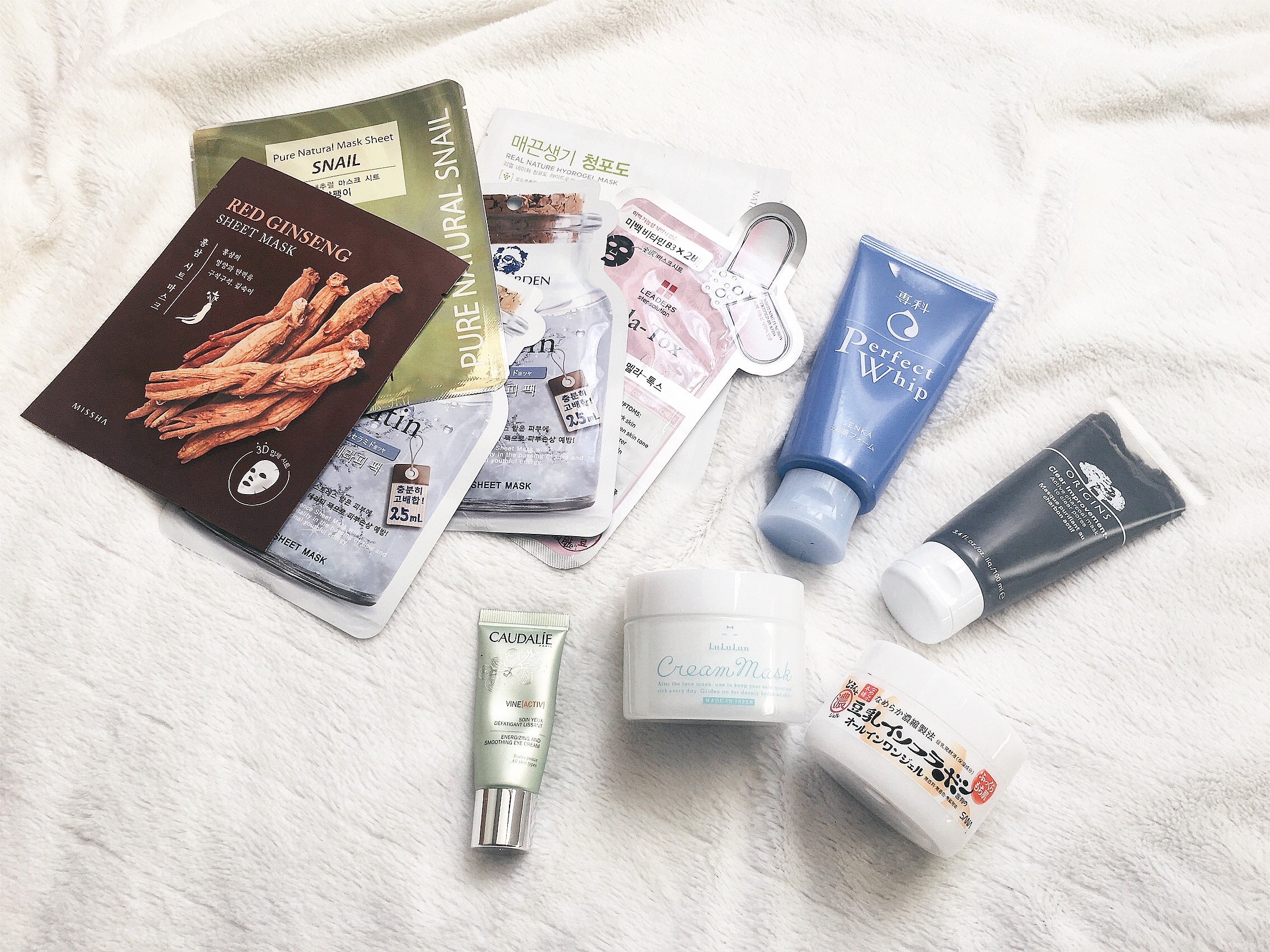
So as I was sorting through my Korean face mask collection, I realised that my year of living in Japan had changed my view on skincare a lot. Whereas before, I would have just used a simple drugstore moisturiser and any cleansing soap, now I pay more attention to ingredients and the quality of the products. I also use face masks at least once a week, which is something I was quite lazy at before.
In Japan, you just can’t get around skincare. Advertisement for face creams and masks can be seen everywhere (yes, more than in Europe)! Drugstores and shops are also way more accessible than in Belgium. Train stations in Japan are basically huge shopping centers that stay open till at least 9 PM. So there really is no excuse not to go on the lookout for some good and reasonably prices products!
Here are my absolute favourite products that I use on a daily basis (not all of them are Japanese):
Cleansing
To start my skincare routine, I will ALWAYS cleanse my skin. And if I’m wearing makeup, I first remove my makeup with any basic makeup remover or wipes, and only then will I start the cleansing (so basically I double cleanse).
In Japan I fell in love with Perfect Whip from the brand 専科 (senka), which is a daughter brand of Shiseido.
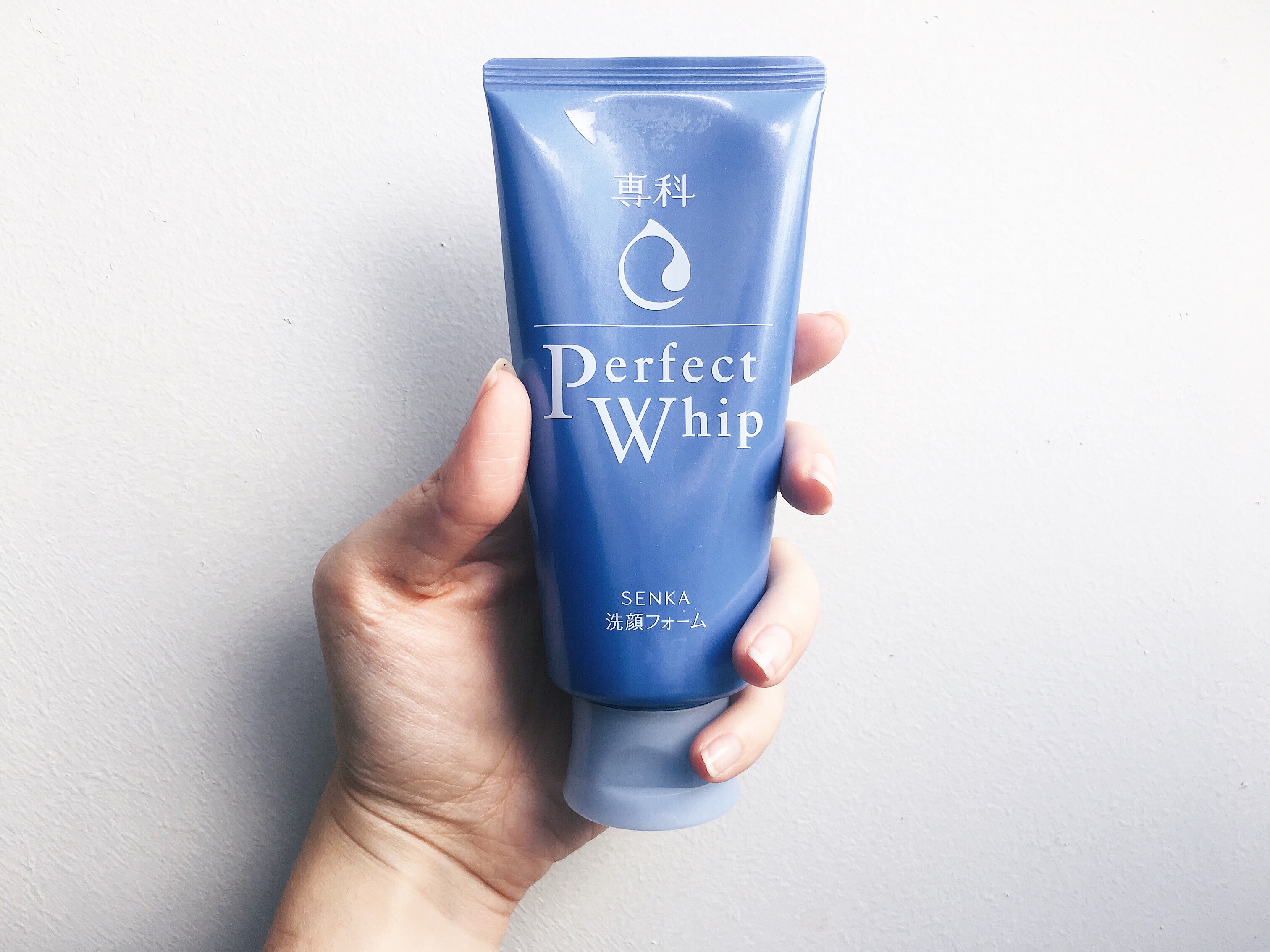
One of my best friends introduced this product to me, and I’ve been using it ever since (almost a year now). You don’t need more than one pea-sized (or even smaller) amount of this cream. You rub it between your fingers till it starts to foam a little, and then you apply it to your face. The foam is super gentle and soft, and doesn’t dry out your face at all, which sometimes happens with other foaming cleansers. All you need to do after, is wash the foam off and have amazingly soft skin as a result. After using this for a while, I started to notice my skin getting a lot better. My skin was no longer too dry or too oily and I had visibly less blemishes.
Sometimes, when I have a little more time on my hands, I will also use a cleansing face mask. This one is from origins.
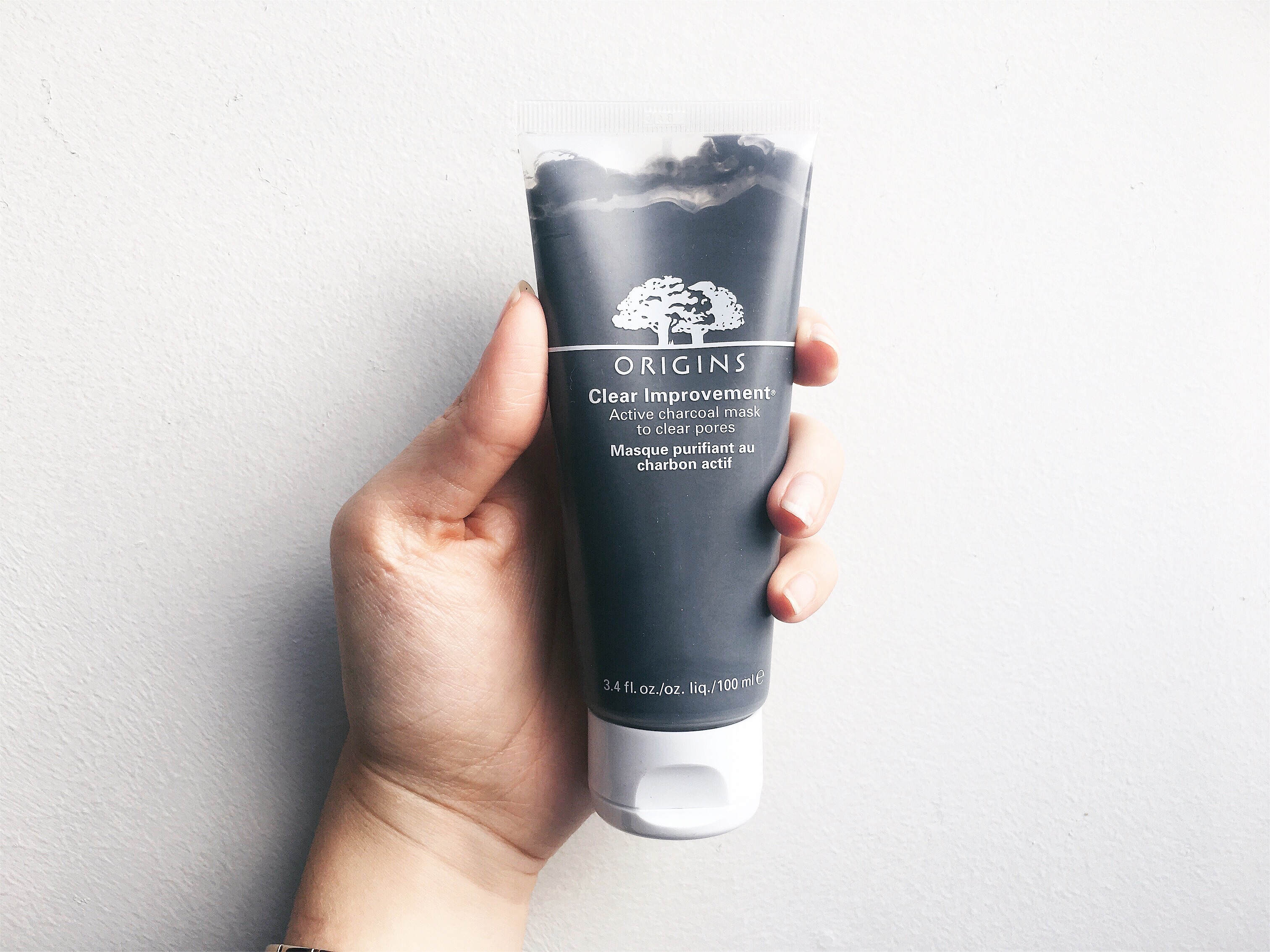
This activated charcoal mask really leaves you with a sense of super clean skin. Activated charcoal has become a very popular element in beauty products lately. It basically works as a magnet that attracts any oil and dirt. That doesn’t sound too bad, right? This mask works really well for me, and I would use it right after my Perfect Whip foaming cream (yep… I just triple cleansed). I didn’t have this baby when I lived in Japan, but then I would usually use natural cleansing masks from Lush.
Moisturisers

After cleansing, I will immediately moisturise my skin. For a very long time during my year in Japan, I refused to step off my trusty Caudalie Moisturising Skin Sorbet. This is a very light cream that didn’t seem to upset my skin. It kept my skin in balance, but if I had any blemishes, they wouldn’t necessarily improve if I used this product.
But THEN, I found this!
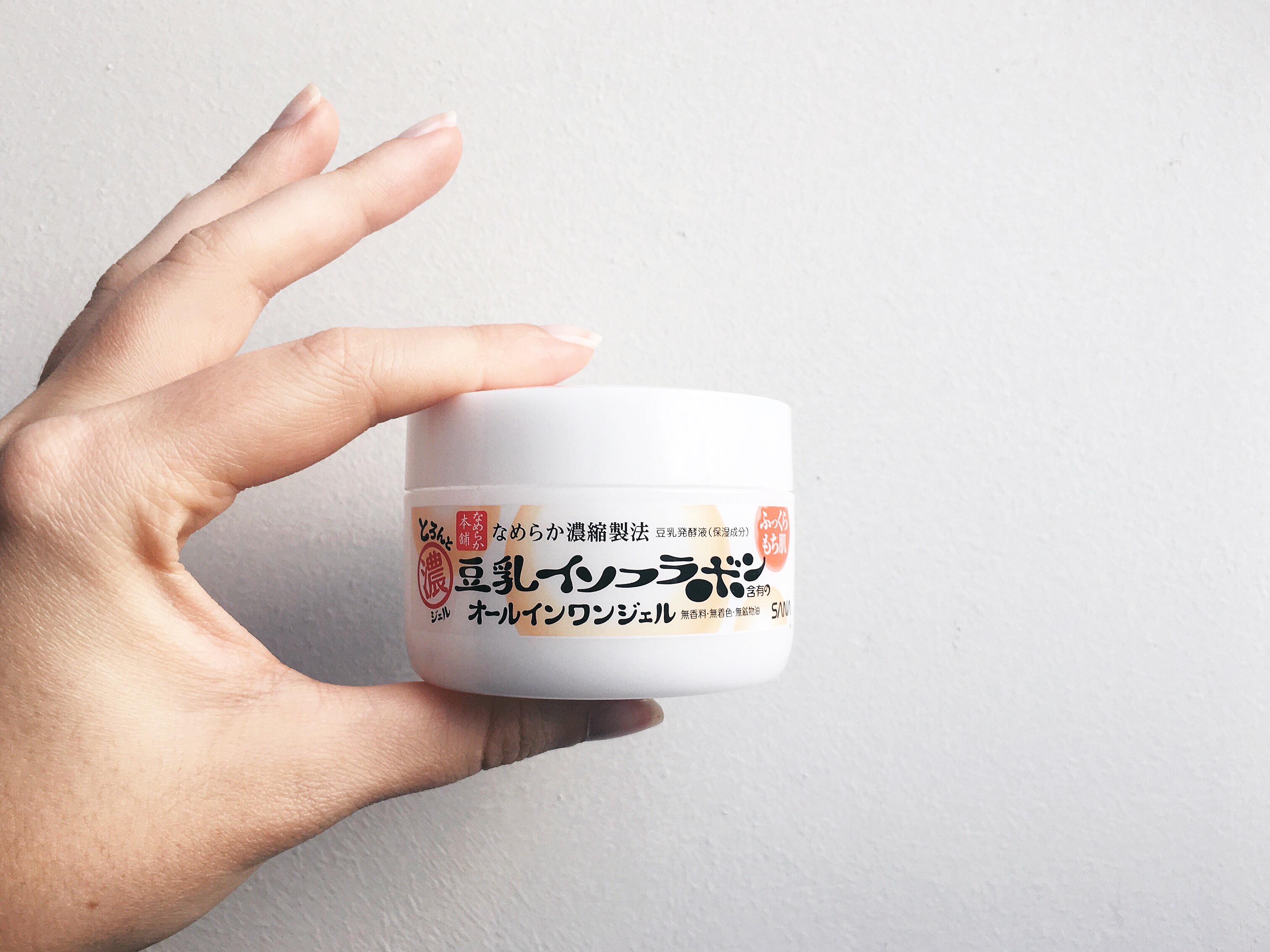
This Sana Nameraka Honpo Soy All In One Gel Skin Care Isoflavone Moisturizer (boy, that was a mouthful) saved my skin. By the end of my stay in Japan, my skin started to break out really badly because of all the going away parties and dinners I took part in, which goes hand in hand with a poor diet and a jumbled up sleep pattern. Then things got even worse when I ran out of my trusty Caudalie face cream. The only thing left for me to do was do some research and asking around about good and affordable products, and thanks to some friends’ recommendations, I stumbled on this. The title says it: all in one! This moisturising gel has 6 functions: moisturiser, essence, pre-makeup, face mask, cream and (soy) milk lotion. The gel is rather on the heavy side, but is quickly absorbed by the skin. This product really saved my skin. All my blemishes were gone and my skin marks started to fade.
After using this, I apply some eye cream.

This is the Caudalie Vine active Eye Cream, which is a very light cream that I gently apply on my under eye area and I only use this at night. My dark under eye circles have definitely improved thanks to this product.
Next is a moisturising night mask.
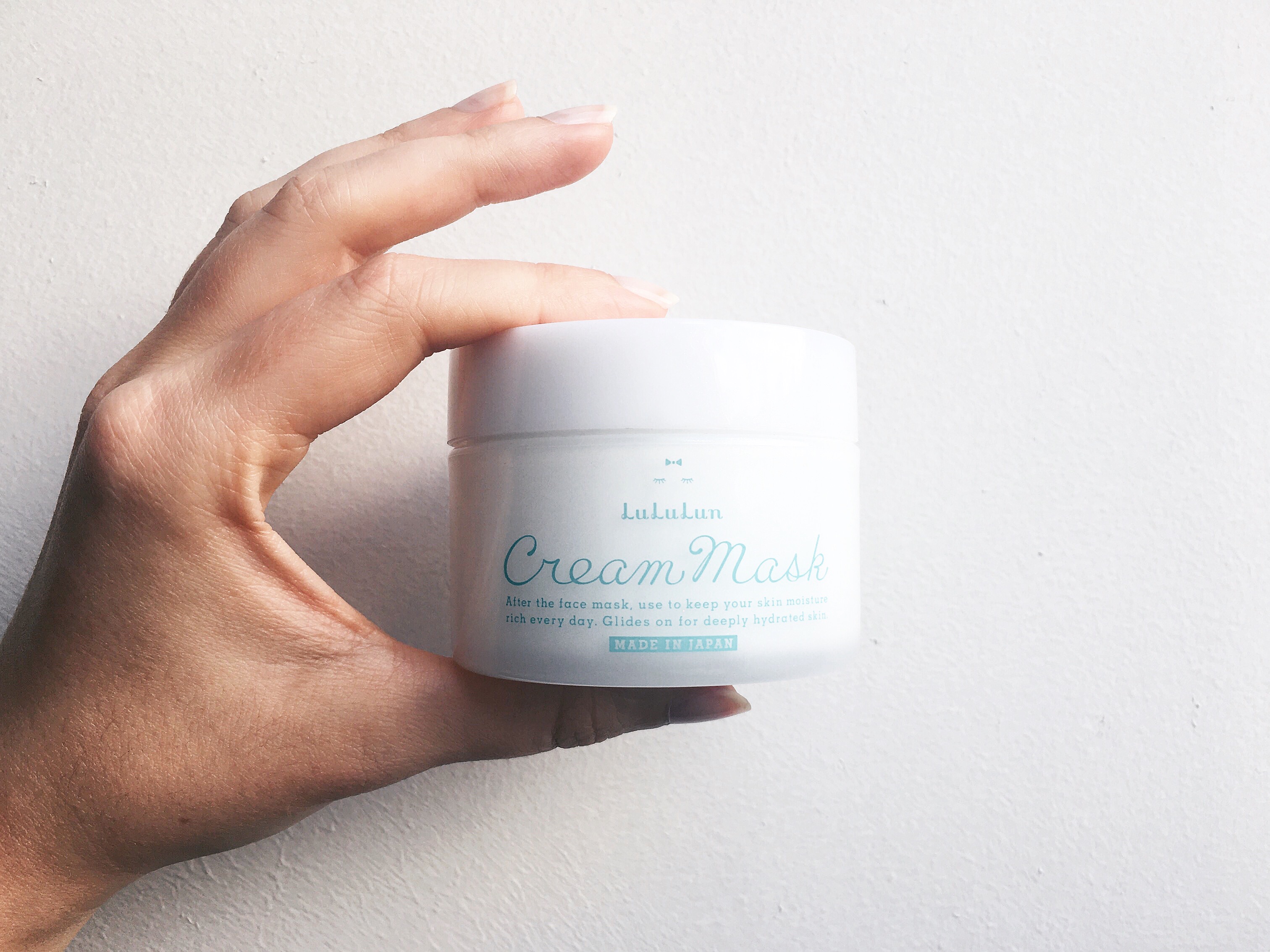
I already talked about this in a previous blog post, so I’ll keep if brief. This is a night mask from Lululun. I use this every two nights, right after previously mentioned gel and eye cream. When you wake up in the morning, your skin feels so fresh and plump and just overall good. So happy I brought an extra tub from Japan back to Belgium.
To end this post, I would just like to share a few of my favourite Korean face masks.
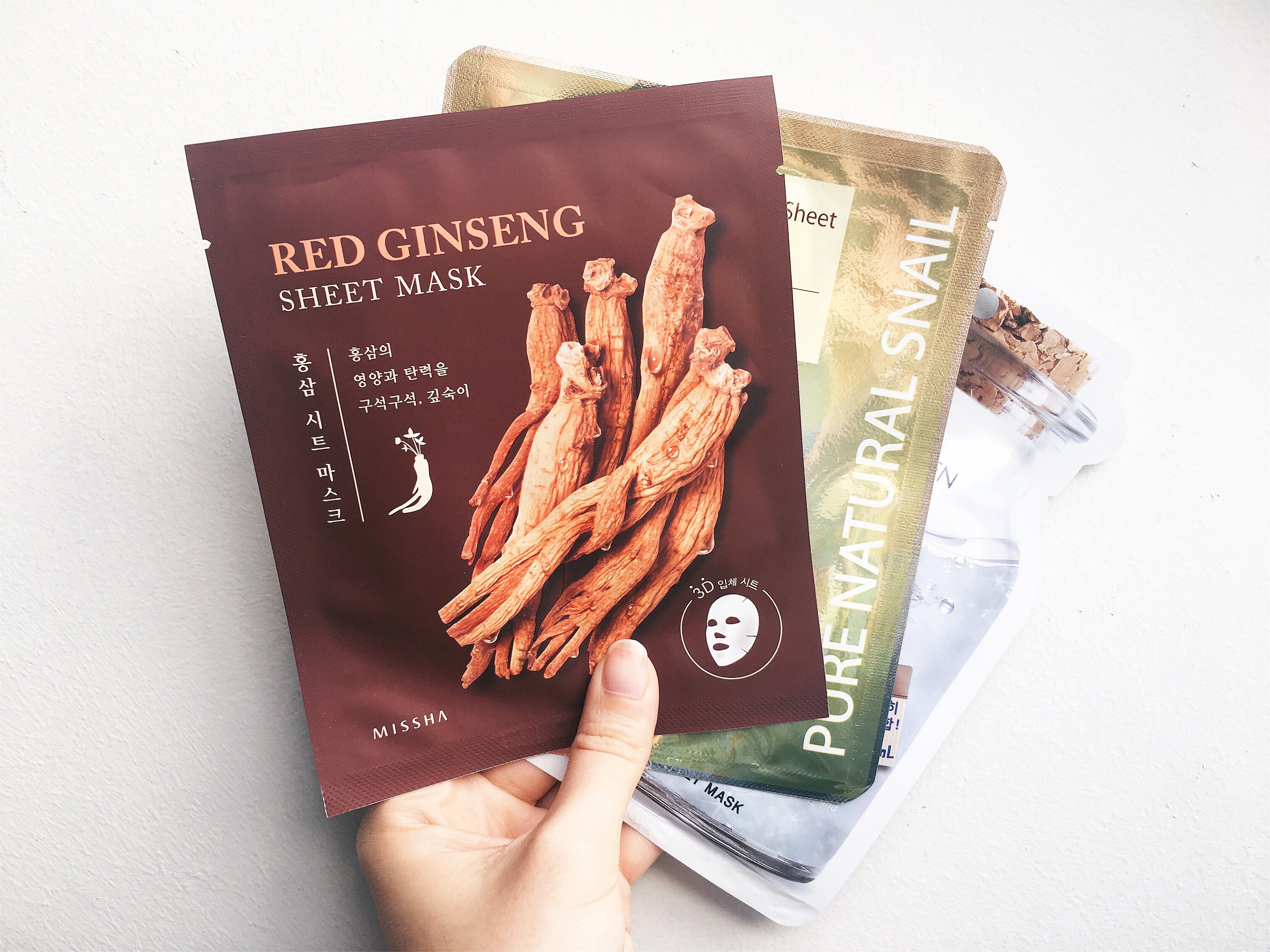
As you guys may have seen in my posts about Korea, I bought a lot of face masks. This are perfect for a calm night in when you just feel like treating yourself. These sheet masks feel amazingly refreshing and I use these about once every two weeks. By the way, don’t be scared to use the snail ones. They actually work very well!
I hope you guys enjoyed this rather elaborate post about how I changed my skincare routine after living in Japan. Please let me know in the comments what you guys’s favourite products are, and if you’re tempted to get any of the items mentioned above.
Lots of love,
H.










